You need to be a certain calibre of game studio or developer to put your name before your game’s title. Sid Meier’s Civilization. Hideo Kojima’s Death Stranding. Skydance’s Behemoth. It doesn’t quite fit with the rest of the list, does it? But it’s a sign of Skydance’s lofty ambitions and what it hopes to achieve with its VR epic fantasy tale.
Those lofty ambitions are pinned on the equally lofty Behemoths. These four enormous bosses are the most ambitious, most exciting, and most impressive fights in the game, but it gets bogged down in all the moments in-between.
An Immersive World
Skydance nails immersion. Turning keys and parrying blows make you feel like a true hero unlocking real doors and fighting real foes. Craning your neck to see a Behemoth’s head gives the bosses an impressive sense of scale that is far more difficult to achieve in traditional games. This is what VR is made for, what I imagined the experience would be when I first bought a headset and plugged myself into the mainframe.
It doesn’t matter that the graphics are nothing to write home about when the scale of the environments is so impressive. It doesn’t matter that there are a few bugs when (for the most part) you can immediately re-immerse yourself into this world by hookshotting onto the ankle of a gargantuan beast.
There are a fair few bugs, but hopefully the planned Day 7 Patch (since when was that a thing?) should iron those out. Until then, if you find yourself stuck in a corner because you tried to search the wrong nook or explore the wrong cranny, you have to reload from the last autosave. This can result in a large swathe of progress being lost, so maybe hold your proverbial horses until the patch.
Fresh Fights
The eponymous Behemoths are the stars of the show, but to get to the four impressive battles you have to mow through countless raiders and guards. This combat is enjoyable enough, but the amount of this game’s eight-hour runtime spent fighting the gargantuan beasts it models its marketing on is surprisingly sparse.
Combat promotes coolness over realism, which I don’t mind. The ability to throw daggers through opponents’ heads to instantly kill them feels great when you’re actually throwing an actual dagger (Editor’s Note: the dagger remained fake), so I don’t mind that a knife has penetrated two layers of steel helm in order to murderise my foe. However, when your shield gets visibly, realistically damaged from blocking attacks, you wonder if the whole knife-helmet thing was an oversight or is just a bug.
The combat feels good, if inconsistent. When you nail a parry and follow up with a sharp jab of cold steel to warm flesh, you truly feel like a warrior. However – and I don’t know if this was an issue with my timing or the game itself – neither parries nor blocks were registered with much regularity. Parries I thought I’d nailed sometimes failed to connect, blocks that seemed sure to stop a blow resulted in damaged health. On the other hand, sometimes I flailed wildly (hey, it’s a valid combat tactic) and somehow landed a perfect parry. When it works, though, it feels great.
The satisfying combat is unfortunately completely undermined by your strength ability. A kind of ‘Ultimate’ you can use every 15 seconds, this makes you incredibly overpowered. It grants you more speed, health, and homing daggers for its duration. Why engage with parries and dodges if you can just wait a little bit for your ultimate and breeze through a room of guards with ease?
Battles also tend to occur in prescribed combat arenas, alleviating any sense of tension or suspense the game was trying to build. It’s archaic design decisions like this that hold Behemoth back.
This also represents the only semblance of story in the game. You’re cursed, along with your entire village, and ridding this world of the Behemoths is your only route to a cure. Except, I’m not quite sure why you’re looking for a cure. Because the curse gives you sick ass powers? The logic doesn’t add up. Perhaps a selfless protagonist would have played it off better (other afflicted villagers just rot and die rather than gaining powers), but Wren has no personality, no character development, and no interesting NPCs to engage with.
The ground shakes as you approach. Your head comes up to the top of their toenails. Your neck hurts from craning it to try to get a look at their faces.
It’s almost like Skydance got so caught up in the epic boss battles that it forgot what games are really about: stories, people. The Behemoth fights feel incredible, but I didn’t care about slaying them. I just did so because the game told me to. There’s no choice-based decisions, branching narratives, or optional quests or conversations. Even within those confines many other games have, I wasn’t sure why my character wanted to do any of it.
This is a linear game designed to funnel you through guard after guard in order to serve up a delicious plate of roast Behemoth every couple of hours. It sounds dull, and often feels it, but those boss fights very nearly make up for the lacklustre, well, everything else.
Wren’s Adversaries Are Skydance’s Saviour
The Behemoths carry this game. They are every bit as terrifying, as impressive, as the trailers suggest. Have you ever wanted to play Shadow of the Colossus in VR? Well, here’s your chance. The ground shakes as you approach. Your head comes up to the top of their toenails. Your neck hurts from craning it to try to get a look at their faces.
Climbing onto a giant’s back to stab it in its weak spot is hardly creative game design, but it’s a first for VR, and that’s something. Even with my standard travel sickness tablets (which generally worked quite well), there are moments when the vertigo sets in and you really feel like you’re tiptoeing across the shoulders of a creature hundreds of feet in the air. Skydance nails immersion throughout Behemoth, but to suspend your disbelief in such an incredibly fantastical battle shows a mastery of the medium.
But the boss fights aren’t just visually impressive. This is where Skydance has poured most of its mechanical invention. Covering your ears to protect yourself from a giant bat’s screams works well as a combat defence, reminiscent of Half-Life Alyx’s anti-Jeff mechanic (a cover your mouth section later in the game feels a little derivative by comparison). The hookshot feels great throughout the game, whether you’re jumping across chasms or pulling enemies into them, but really comes into its own when scaling an enormous creature.
The Behemoth fights have shades of Shadow of the Colossus, shades of Dragon’s Dogma 2, but unfortunately the rest of the game lacks the atmosphere of the former or the generative storytelling of the latter.
Skydance’s Behemoth Is A Big Step For VR, But A Step Backwards For Gaming
Behemoth has plenty of additions that feel unnecessary, there because it’s the done thing in fantasy RPGs rather than because they befit this game. There’s very basic crafting (it’s cool to wield a hammer and anvil in VR, but the crafting itself is pointless) and incredibly simple puzzles, neither of which serve much purpose. I’d prefer a half-decent story, any kind of character arc for Wren, or fixes to the numerous technical hitches – pop-in is ridiculous enough, let alone the frame rate drops – to a simplistic blacksmithing simulator.
Skydance clearly understands virtual reality. It understands that VR games rely on spectacle and immersion, and it nails those aspects of the genre. Behemoth is an impressive VR game. Or, at the very least, the boss fights are probably the best the medium has offered. But is it a good video game? Not really. Does it compare to an Elden Ring? Does it even compare to a Shadow of the Colossus, a 20-year-old game it apes so much? The answer is no.
VR is still waiting for its Breath of the Wild moment. Climbing is still only allowed on certain surfaces, certain cliffs, certain patches of a giant bat’s disgusting dry skin. It’s very much a ‘yellow paint’ scenario. Battles occur only in prescribed arenas. Straying from the intended path is discouraged. Enemy AI is basic. The plot may as well be non-existent. Behemoth makes the most of its medium, but I can’t wait for the first VRPG to abandon these archaic design philosophies in favour of complete virtual freedom.
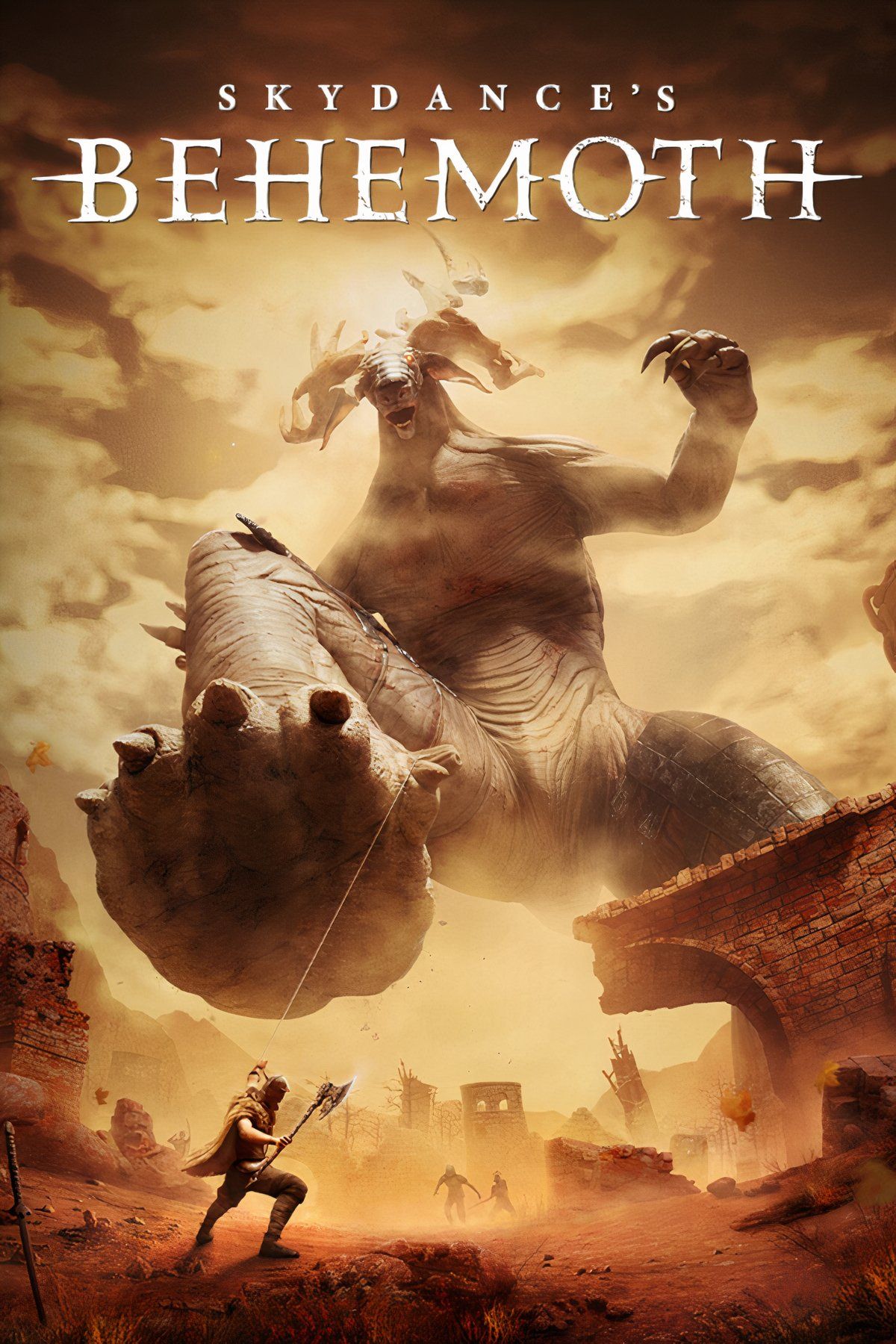
Reviewed on Meta Quest 3
- Behemoth battles are mighty impressive
- The sense of scale throughout the game is awe-inspiring
- When it works, combat feels good
- No narrative
- Combat completely undermined by your superpower ?curse?
- Design choices feel archaic
- Only four Behemoths
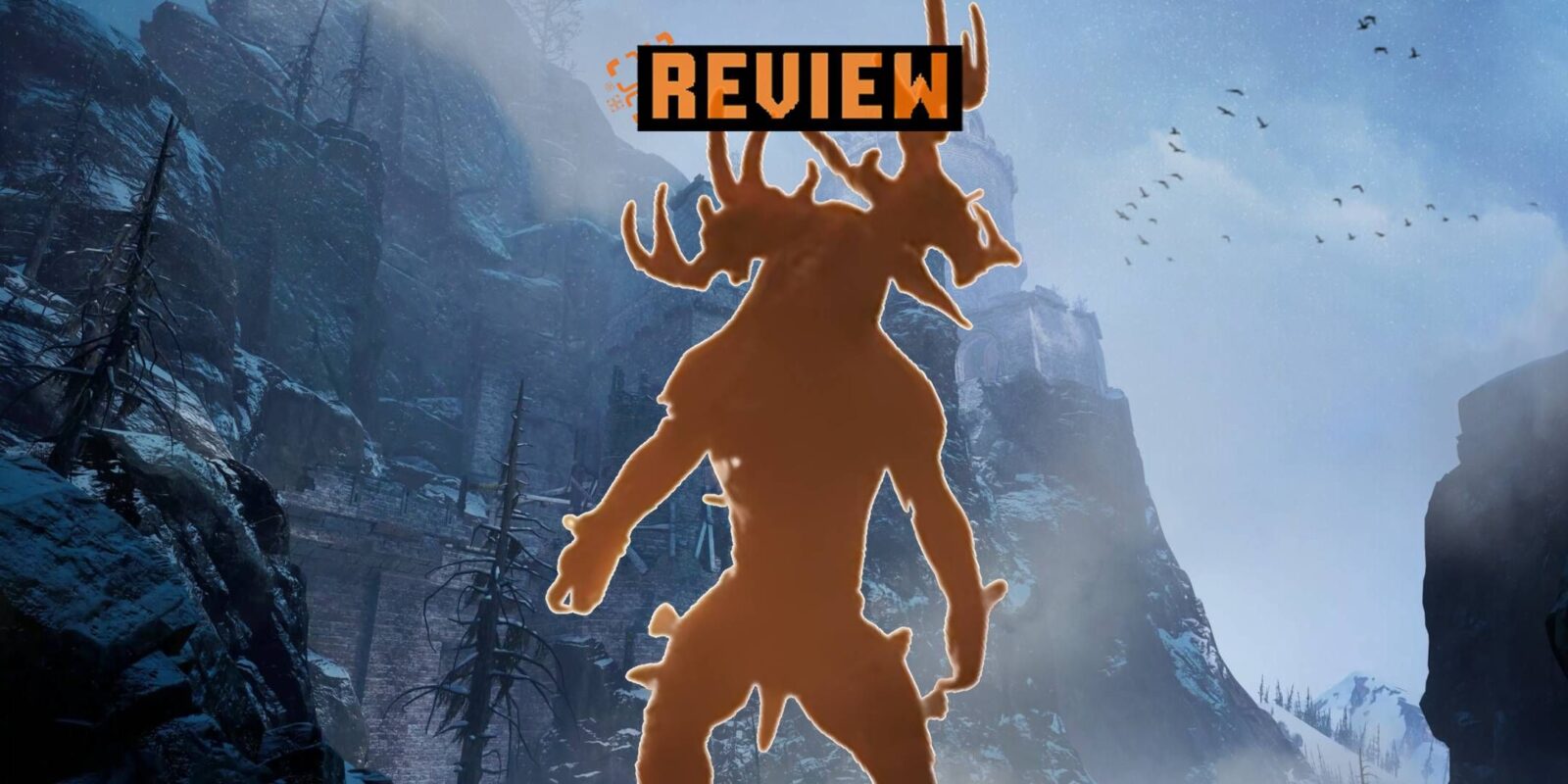

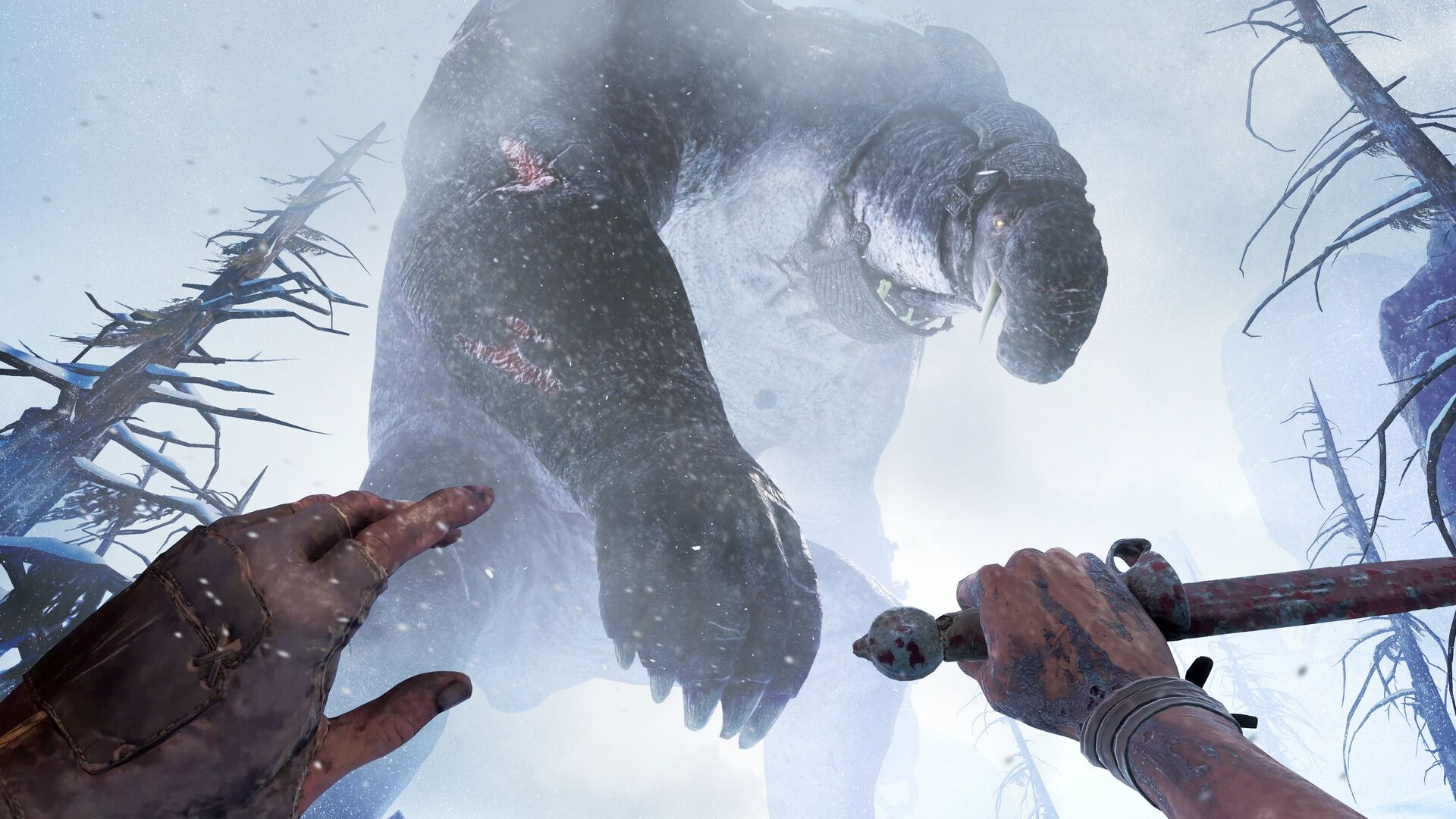
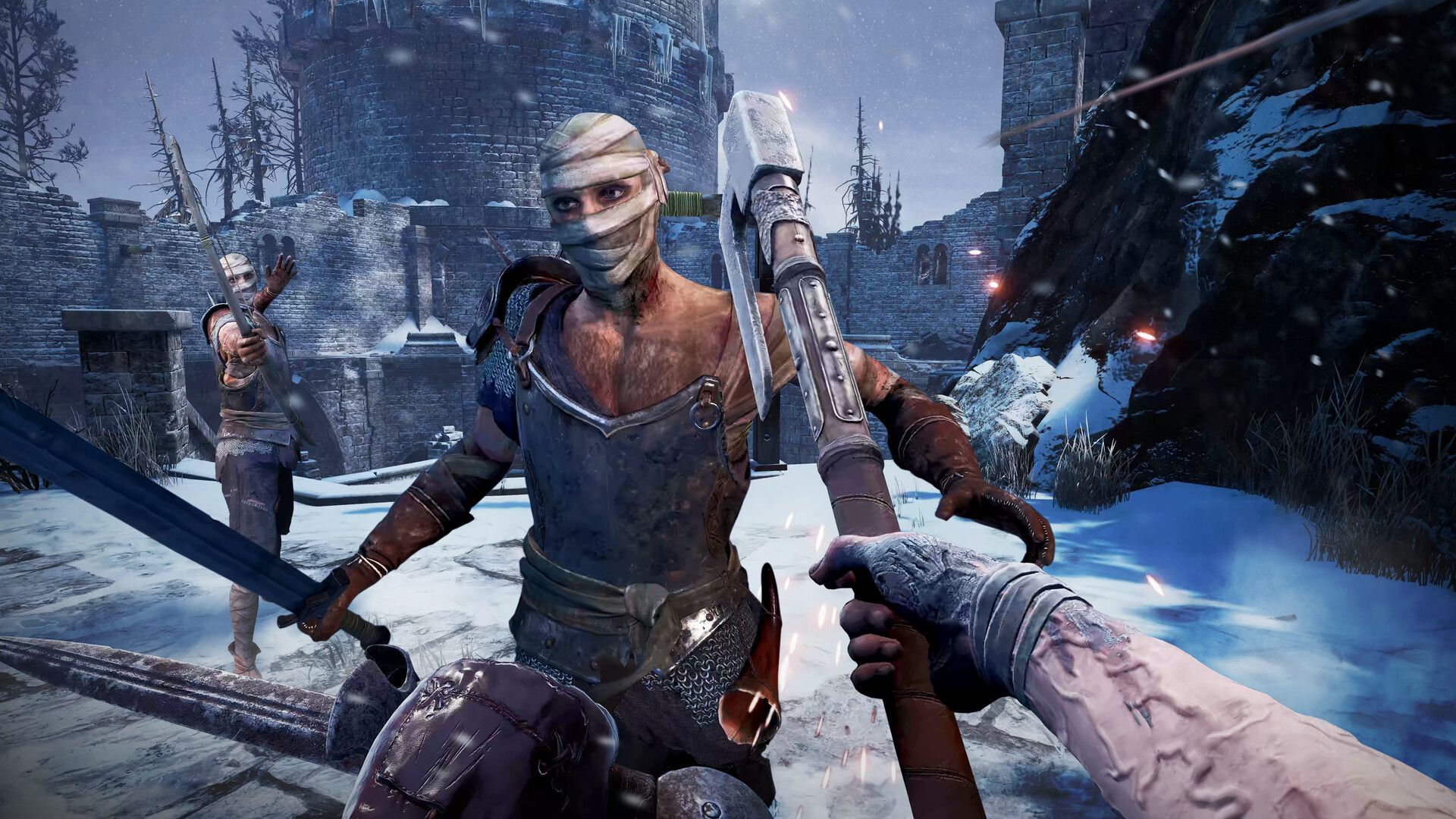
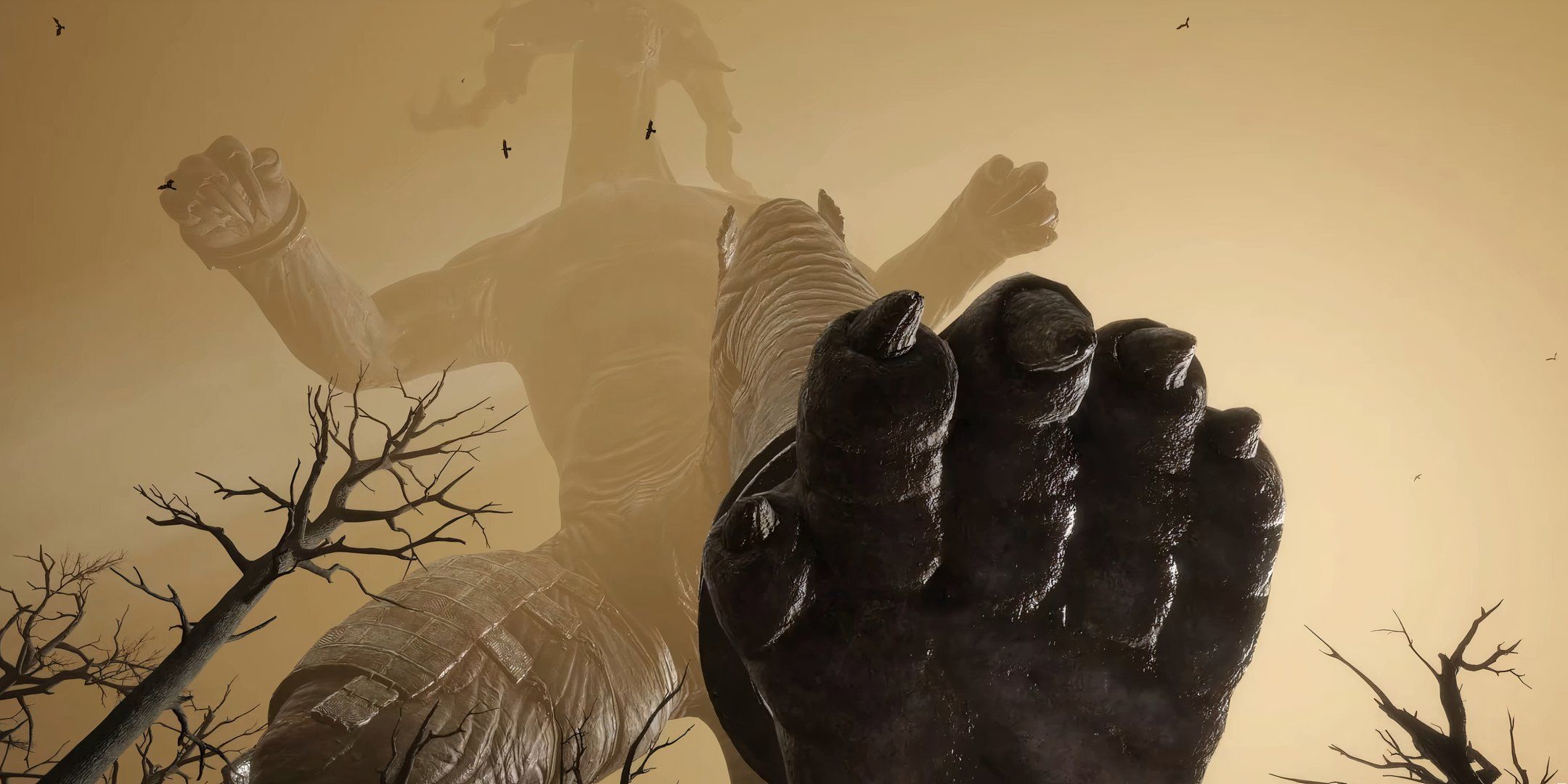
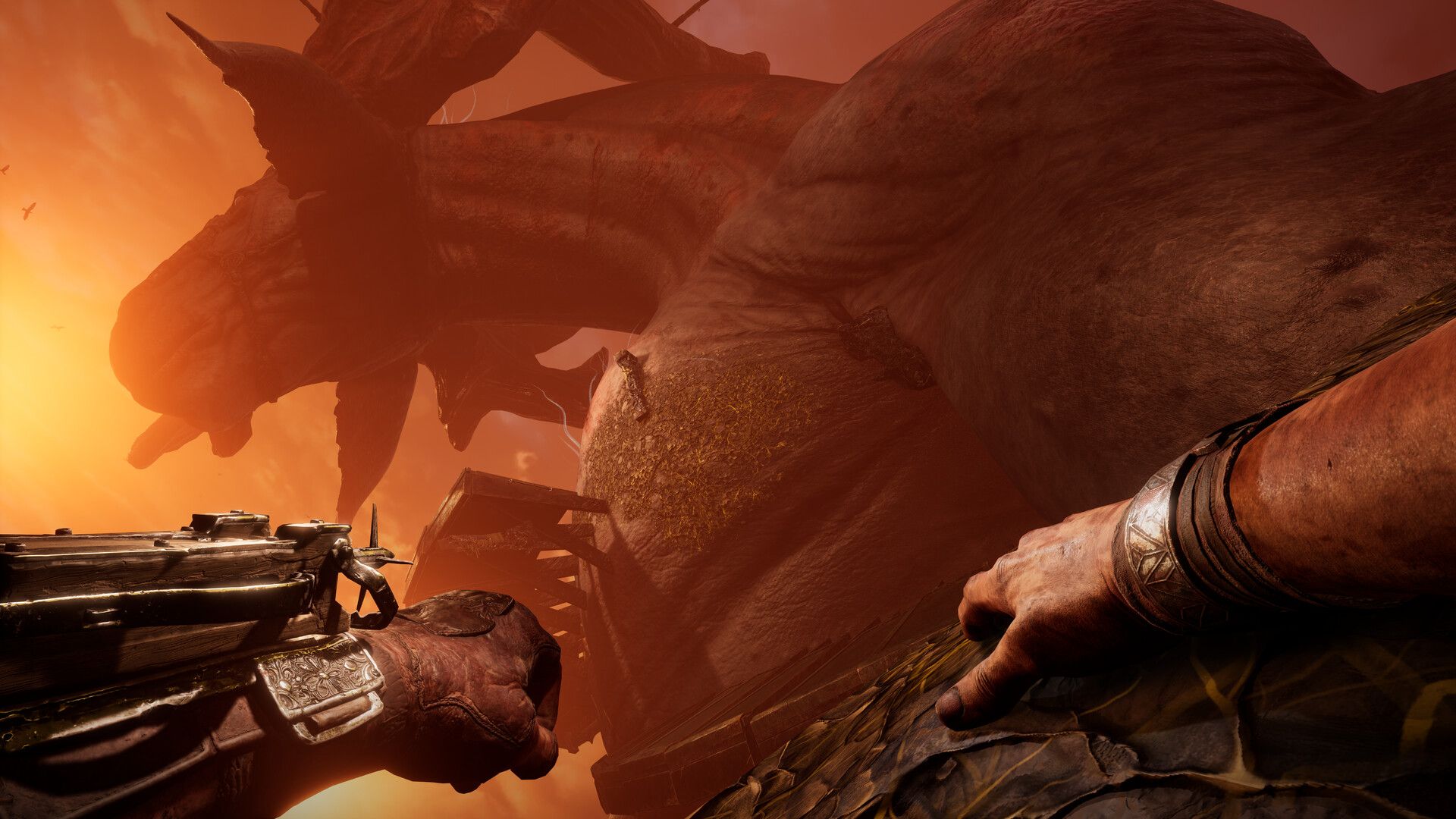
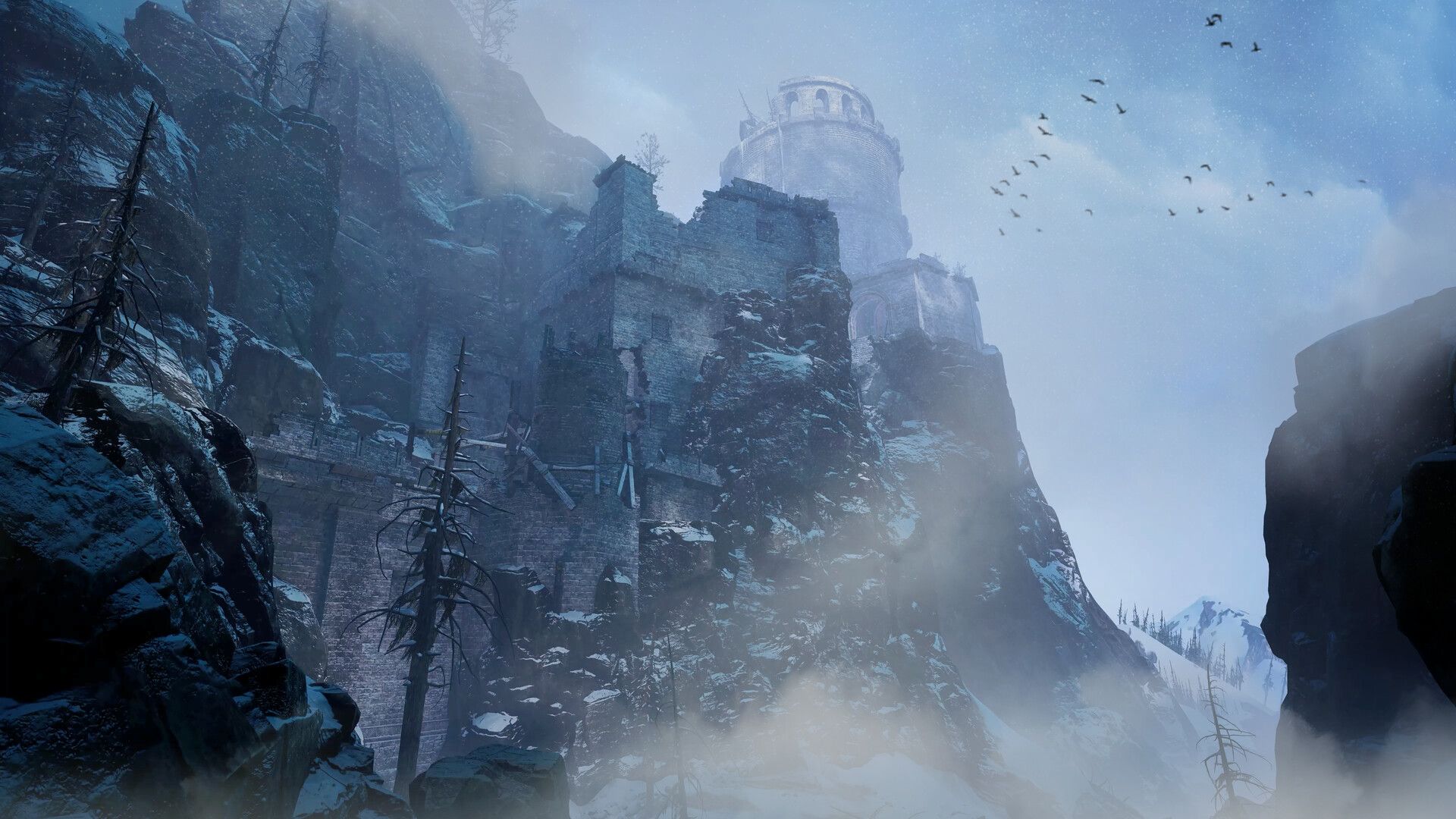
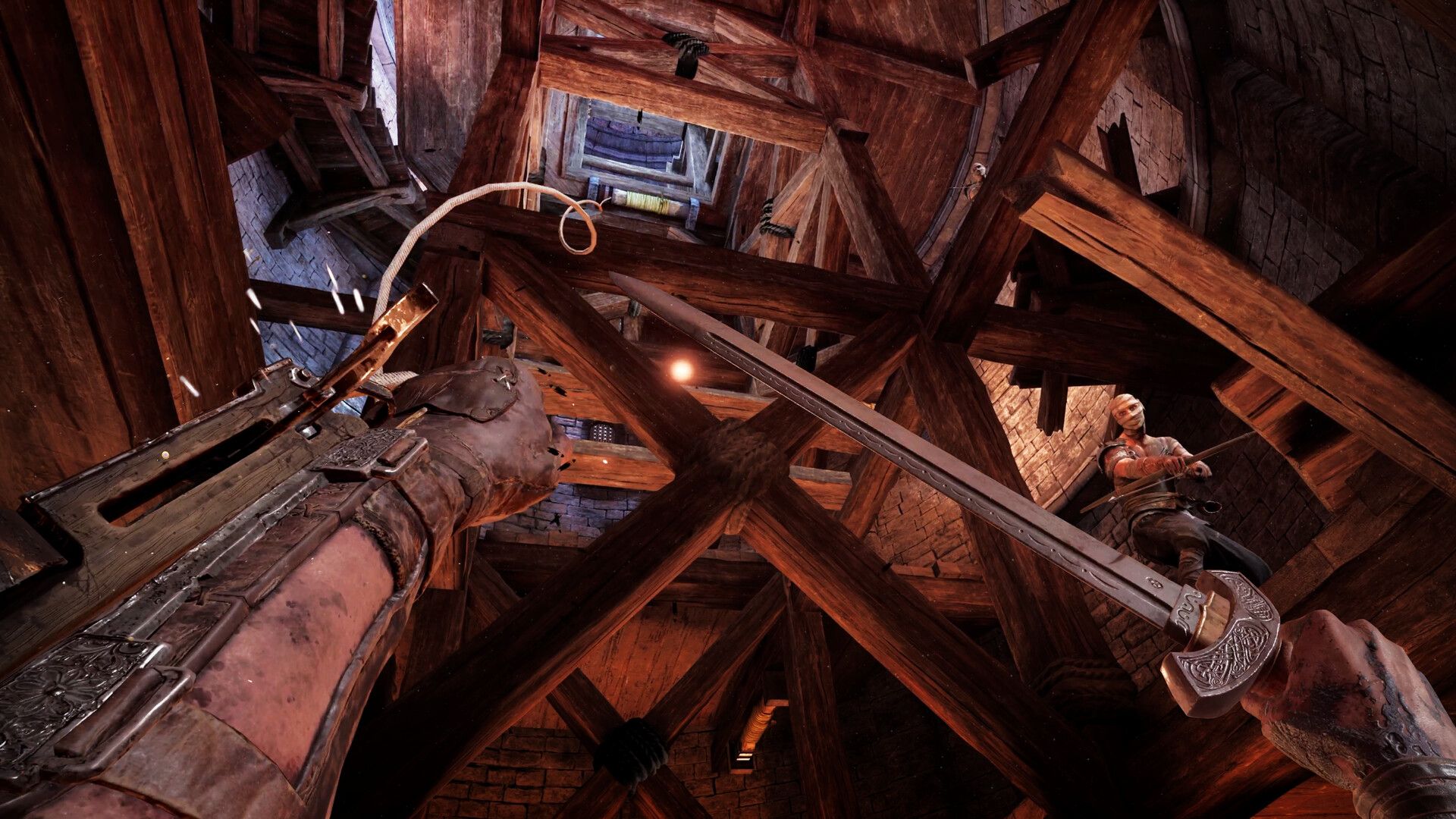

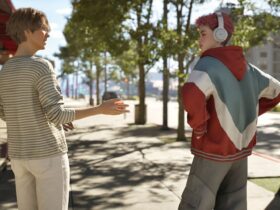




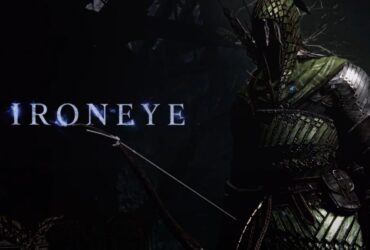

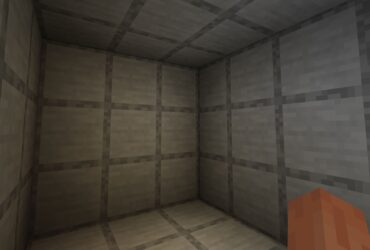
Leave a Reply